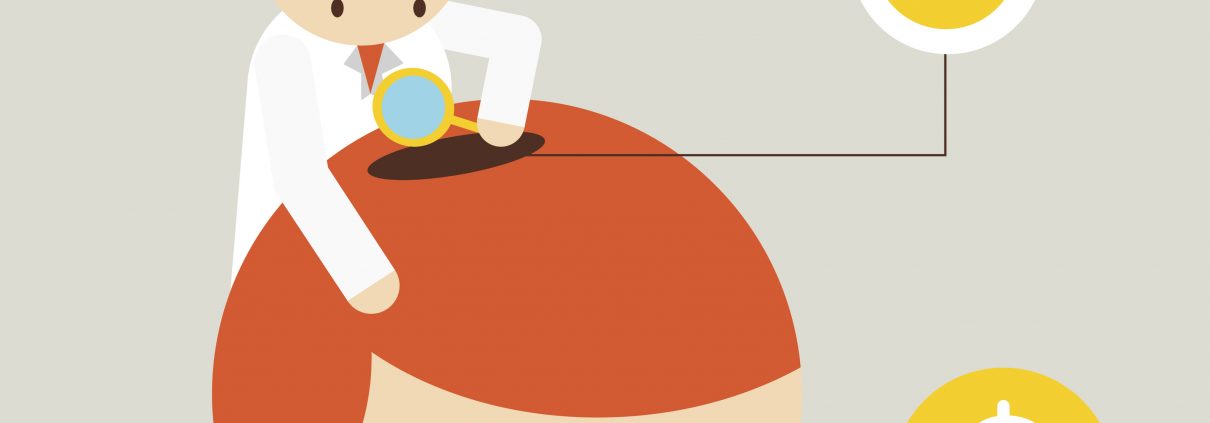What is the first step in a Website Design? The Customer comes first.
So, you’ve decided that it is about time to change or re-brand your website. When redesigning your website, what comes to mind first? Do you start thinking about the content, what to showcase on the website, or do you start thinking of the layout and graphics? As tempting as those may sound, you’re ignoring one of the most important things – your customers. The most important step to a website design is understanding your target audience; how they want to use your website, and what they want to see. Or, as Steve Jobs put it, “you’ve got to start with the customer experience and work back toward the technology, not the other way around.”
Everything starts with the customer. It is difficult to create a website for a customer that you don’t fully understand. Building a website before getting to know the needs of your target audience can lead to a mismatch of experience. Are you targeting avid smartphone users but don’t keep in mind the variety of smartphone screen resolutions? Is the website able to showcase your product or service’s value proposition in 8 seconds (which is the average human’s attention span)? These questions are asked when building out your product so using the same type of steps seems logical when creating a website for your audience to discover your product or service.
So, where do you start?
- Assess the target market: This is very important, and commonly overlooked. What is the demographic that you’re trying to reach? What are their habits when it comes to researching online? Take the time to research everything about your buyer by interviewing current customers, ideal customers, and even prospects that haven’t purchased your product or service. As Bill Gates once said, “your most unhappy customers are your greatest source of learning”. Gathering this information will help to identify and understand who is visiting your site, what they are doing on your site, and what exactly they hope to accomplish from visiting your site. After all, if you don’t know what your customers want and need, then you won’t know how to give it to them. This will help you identify the main objective and goals of your website redesign. Fully understanding your customer gives each page of your website design a clear purpose and will guide every website decision that you make.
- Assess the competitors: What types of websites do your competitors have? Conducting a competitive analysis is an important part of a website design. This will give you a good idea of how to differentiate, how to beat them, or where you should focus your efforts. Understanding your competitors’ strengths and weaknesses is necessary to improving your competitive edge. It is also helpful to assess your competitors’ websites through the eyes of your target market. This will help you to build a strategy on how to effectively design your website with the objective of guiding your target audience through the buyer’s journey.
- Focus on implementing your customer’s wants and needs: This is where you start implementing the wants and needs of your target audience. After all, your best salesperson (your website) needs to be equipped to support your buyer’s journey. Take the data you have and use that to guide the design of your website. First, start with the needs. Things like mobile functionality and a responsive design were wants a decade ago, but now they are a universal need. This means that it should be a seamless experience throughout your website when it is used on different platforms. During the initial website creation, think about the goals, questions and concerns your buyers may have along the way.
- Build the website, test, launch, then repeat every so often. Creating a website isn’t a static process. While understanding the target audience is definitely the first step in a website design, you can’t just forget about them after your website is launched. After your website has launched, test it with your audience, and use visitor data to constantly improve and evolve your website with the customer journey.



![8 Web Design Trends That Will Take 2016 By Storm [Infographic] 8 Web Design Trends That Will Take 2016 By Storm [Infographic]](https://veriday.com/wp-content/uploads/2016/01/pencil-typography-black-design-180x180.jpg)



